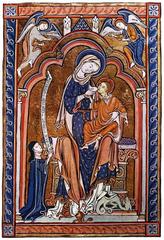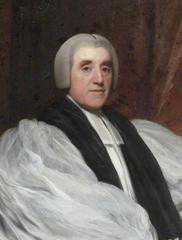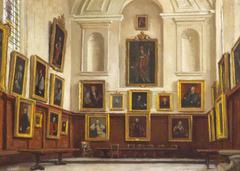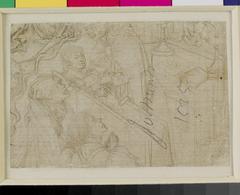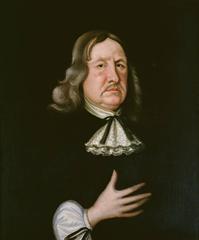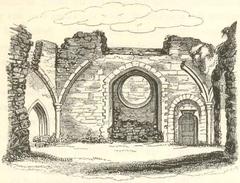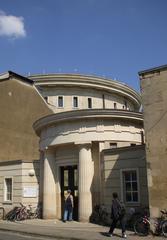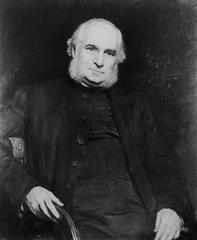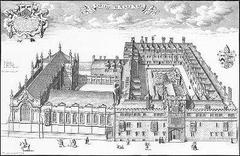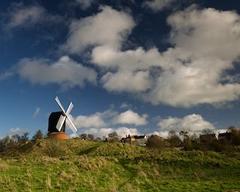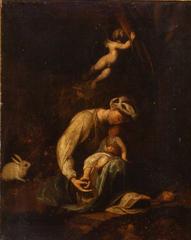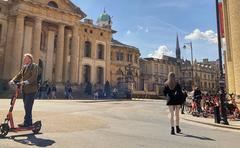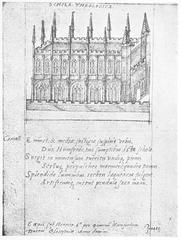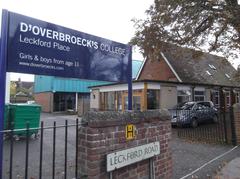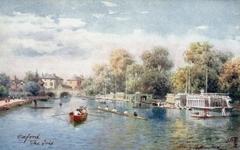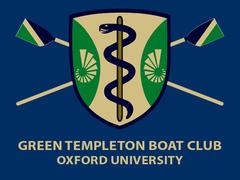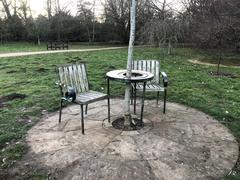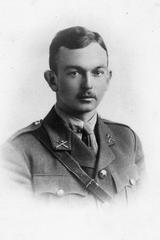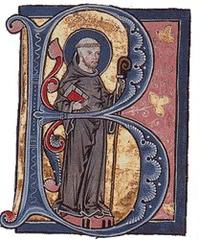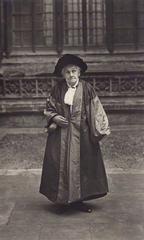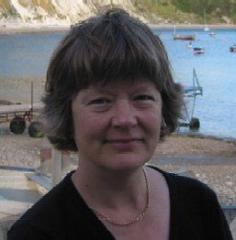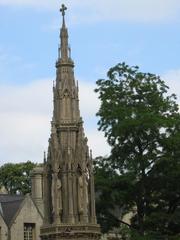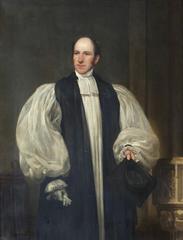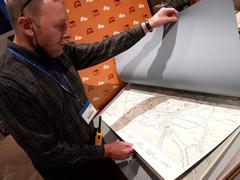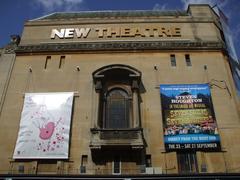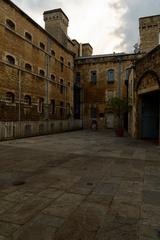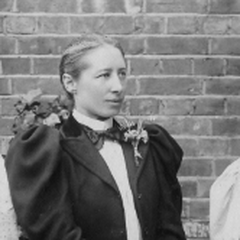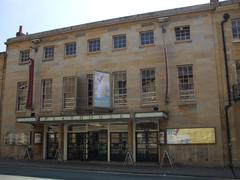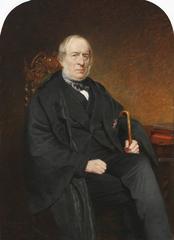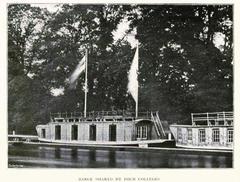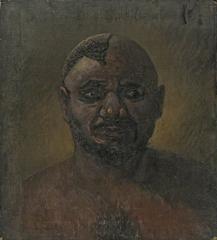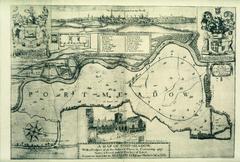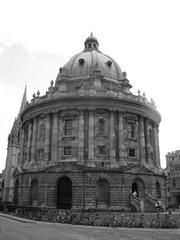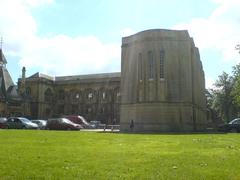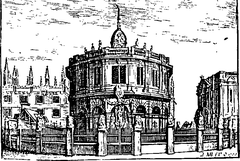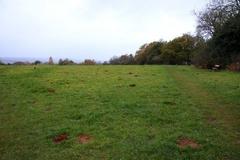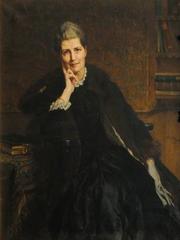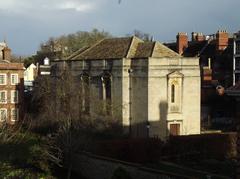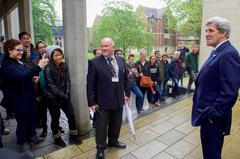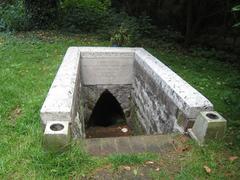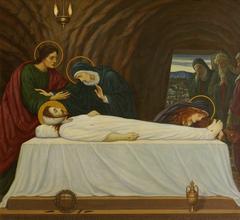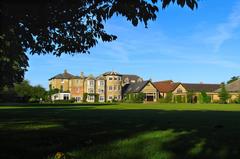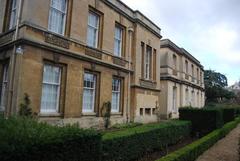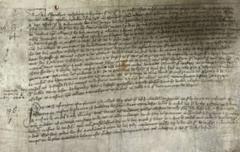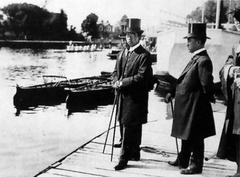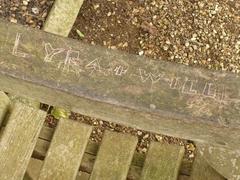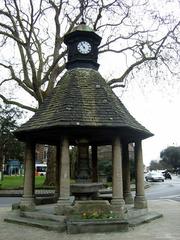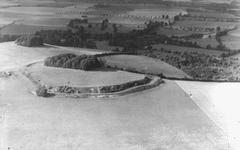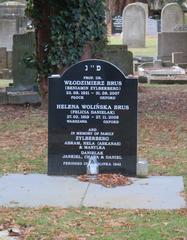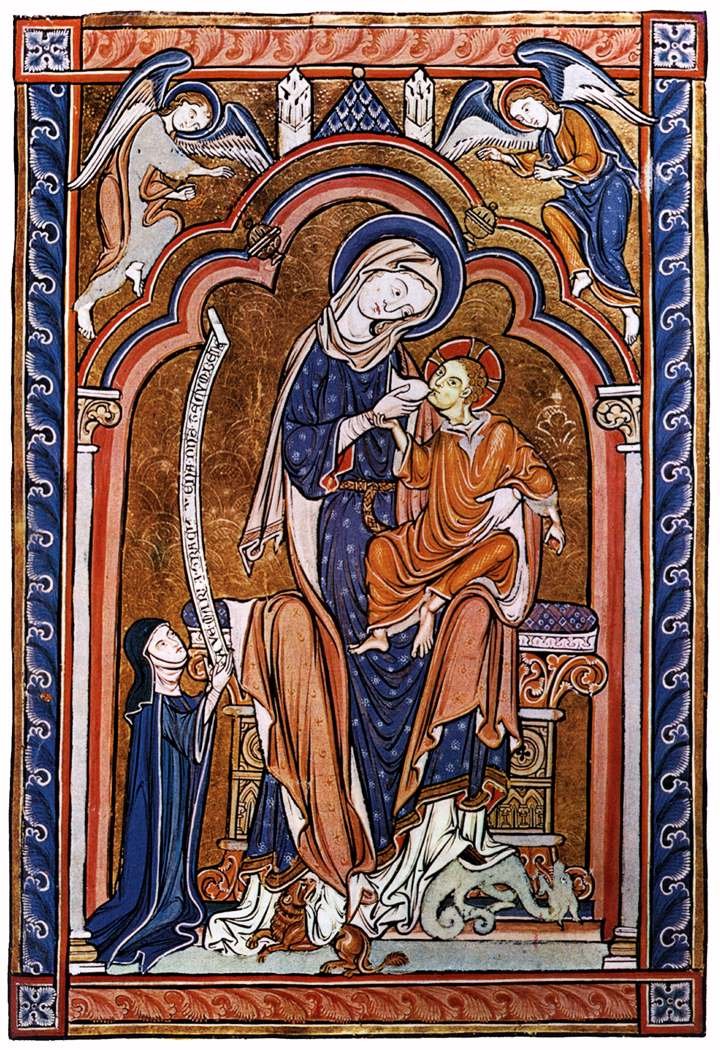
All Souls College Oxford: Visiting Hours, Tickets, and Comprehensive Guide to Oxford’s Historical Sites
Date: 14/06/2025
Introduction
All Souls College, located in the heart of Oxford, is a distinguished institution within the University of Oxford, celebrated for its remarkable history, architectural splendor, and its unique academic community. Established in 1438 by Archbishop Henry Chichele and King Henry VI, the college was conceived as a chantry to honor the souls lost in the Hundred Years’ War. Over centuries, it has evolved into a research-focused fellowship, renowned for its exclusivity and tradition, and is one of Oxford’s most iconic historic sites (Sacred Destinations; Great Scenic Journeys).
Visitors to All Souls College will encounter a harmonious blend of English Perpendicular Gothic and Neoclassical design, from the 15th-century chapel to Nicholas Hawksmoor’s Codrington Library. This guide provides a thorough overview of the college’s history, architecture, traditions, and all the practical details needed to plan your visit, including hours, ticketing, accessibility, and travel tips.
Table of Contents
- Introduction
- Historical Overview
- Academic Life and Traditions
- Architectural Highlights
- Visiting Information
- Visitor Experience
- Frequently Asked Questions
- Conclusion
- Resources & References
Historical Overview
Founding and Early Purpose
All Souls College was founded in 1438 as a memorial for the fallen of the Hundred Years’ War, with a dual mission to serve both Church and State. Initially, it supported a warden and 40 fellows, all required to take Holy Orders, and focused on advanced study in arts, theology, civil, and canon law (Sacred Destinations). This specialization set it apart from other Oxford colleges, which typically included undergraduates from their inception.
Architectural Evolution
Medieval Beginnings
The early buildings, constructed between 1438 and 1443 under master-mason Richard Chevynton, center around the Front (South) Quadrangle and the Perpendicular Gothic chapel, consecrated in 1442. The chapel’s T-shaped plan, hammer-beam roof, and original stained glass reflect the collegiate Gothic style of the era (British History Online; All Souls College Architecture).
18th-Century Transformation
A pivotal transformation occurred in the early 18th century with Nicholas Hawksmoor’s North Quadrangle and the Codrington Library, funded by Christopher Codrington’s bequest. Hawksmoor’s designs ingeniously blend classical and Gothic elements, with the Codrington Library (completed in 1751) now recognized as one of England’s finest Neoclassical buildings (Great Scenic Journeys; Oxford Visit: Architectural Gems).
Restoration and Modern Adaptation
Throughout the 19th and 20th centuries, All Souls underwent careful restoration, especially to the chapel and the High Street façade, to preserve its medieval and Neoclassical heritage (Historic England). Modern updates have focused on accessibility and conservation.
Academic Life and Traditions
Exclusivity and Scholarship
All Souls is unique in Oxford for having no undergraduate students. Its academic body consists entirely of fellows—distinguished scholars and prize fellows, the latter selected by one of the most challenging academic competitions in the world (The Spectator). This structure fosters a rarefied environment dedicated to advanced research and intellectual exchange.
The Mallard Ceremony
The Mallard Ceremony is a distinctive tradition, held once every century. Inspired by a founding legend, fellows parade carrying a model mallard, singing the “Mallard Song,” and celebrating the “Lord Mallard” in a whimsical procession (Britain Express). This event exemplifies the college’s blend of solemnity and lighthearted tradition.
Historical Reflections
All Souls also acknowledges its historical ties to colonial wealth, particularly through the Codrington bequest, and actively engages in dialogues on historical accountability (All Souls College, Wikipedia).
Architectural Highlights
- Front Quadrangle: The original 15th-century quadrangle, entered via a four-storey gatehouse with battlements, exemplifies collegiate Gothic architecture (All Souls College Architecture).
- Chapel: Consecrated in 1442, featuring a hammer-beam roof, 15th-century stained glass, medieval stalls, and the restored reredos (Chapel Guide; Paul Holberton Publishing).
- Codrington Library: Hawksmoor’s Neoclassical masterpiece, with its symmetrical façade and classical interior, holds important collections and historic artifacts (All Souls College Library History).
- North Quadrangle: The “Grand Dormitory” and twin towers, blending Gothic and classical motifs, face Radcliffe Square and are among Oxford’s most photographed sites.
- High Street Facade: Incorporates Palladian elements and historical statuary, reflecting centuries of adaptation (British History Online).
Visiting Information
Opening Hours
- Regular Visiting Hours: Monday to Friday, 2:00 pm–4:00 pm.
- Weekend Opening: Sundays and weekday afternoons, 2:00 pm–4:00 pm (England Rover).
- Closures: Closed during Easter, August, and the Christmas period.
- Always consult the official website for up-to-date details.
Admission & Tickets
- Admission: Free for individual visitors; no ticket is required for entry.
- Group Visits: Groups larger than six must obtain prior permission from the Bursar (All Souls College, Official Site).
- Guided Tours: Not regularly offered by the college, but some external tour operators include All Souls in their itineraries.
Accessibility
- Main quadrangles and chapel have ramp and level access.
- Some historic areas may be inaccessible to wheelchairs due to steps and uneven surfaces; accessible toilets are available but may not meet all modern standards (Oxford Access Guide).
- Visitors with disabilities should contact the college in advance for assistance.
Travel Tips
- Location: Entrance on High Street, facing Radcliffe Square; easily reached from Oxford city center.
- Transport: Walking and public transit are recommended; parking is limited.
- Nearby Attractions: Radcliffe Camera, Bodleian Library, University Church of St Mary the Virgin, and the Covered Market.
Visitor Experience
- Check in: All visitors must report to the Porters’ Lodge for information and directions.
- Photography: Allowed in outdoor quads and the chapel unless otherwise noted.
- Facilities: No cafés or shops on-site; toilets available.
- Conduct: Quiet and respectful behavior is expected to preserve the academic atmosphere.
- Best Views: External views of the spires and towers can be enjoyed from Radcliffe Square and the tower of St Mary the Virgin (My Lifelong Holiday).
Frequently Asked Questions (FAQ)
Q: Is there an admission fee or ticket required to visit All Souls College?
A: No, admission is free for individual visitors; no tickets are needed.
Q: When is All Souls College open to visitors?
A: Monday to Friday, 2:00 pm–4:00 pm. Closed during Easter, August, and Christmas.
Q: Are guided tours available?
A: The college does not offer regular tours, but some local operators include All Souls in their walking tours.
Q: Is the college accessible for visitors with disabilities?
A: Main outdoor areas and the chapel have some accessible features, but some historic areas may be difficult to access.
Q: Can I take photographs inside the college?
A: Photography is generally permitted in outdoor areas and the chapel, but check signage for restrictions.
Q: Are group visits allowed?
A: Yes, but groups larger than six must obtain prior permission from the Bursar.
Conclusion
All Souls College stands as a testament to Oxford’s medieval origins, architectural innovation, and continuous academic distinction. Its serene quads, extraordinary chapel, and Neoclassical library offer a memorable experience for every visitor. Plan your visit by confirming opening hours, reviewing accessibility, and considering a combined itinerary with nearby Oxford landmarks.
To further enhance your exploration, download the Audiala app for guided tours, insider tips, and real-time updates on All Souls and other Oxford historical sites.
Resources and References
- Sacred Destinations
- British History Online
- England Rover
- Oxford Access Guide
- Great Scenic Journeys
- All Souls College Architecture
- Paul Holberton Publishing
- The Spectator
- Oxford Visit: Architectural Gems
- Historic England
